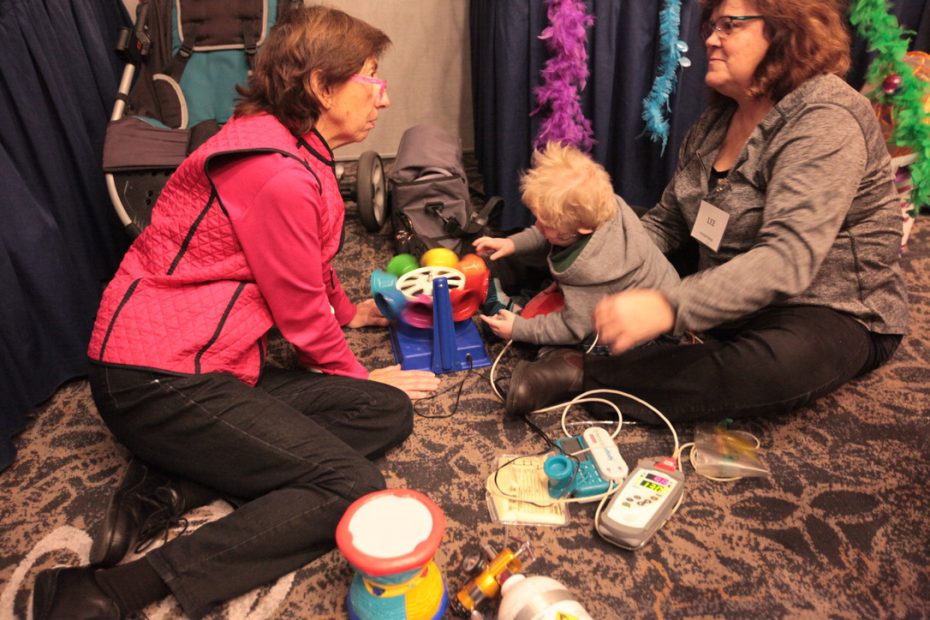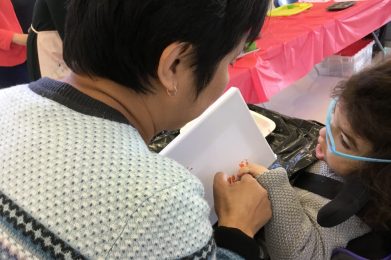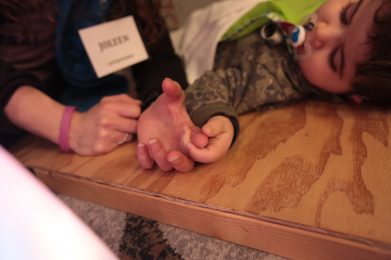Deafblindness
What is deafblindness?
Deafblindness is a unique information-gathering disability that brings enormous challenges to the individual who is deafblind and the people who support them. Sometimes known as dual-sensory impairment or multi-sensory impairment, deafblindness is more than a combination of visual and hearing impairment or loss. An individual with deafblindness cannot use either of their primary senses as a source for accessing or receiving information.

Understanding Deafblindness
Deafblindness is a diverse condition due to the wide range of sensory impairments, possible presence of additional disabilities, and the age of onset for the vision and hearing impairment. Individuals with deafblindness have distinctive communication, learning, and mobility challenges due to their dual-sensory loss.
A person can be born deafblind (congenital deafblindness) or acquire deafblindness later in life, and the needs and problems of these two groups are very different. However, the most important fact to note is that individuals with deafblindness are people. They have needs, skills, aspirations and challenges just as everyone else does.
Deafblindness
"The child should feel that he is not at the mercy of his environment,
but that he is able to control it, to influence it."
Jan van Dijk


